Posts in Category: Information
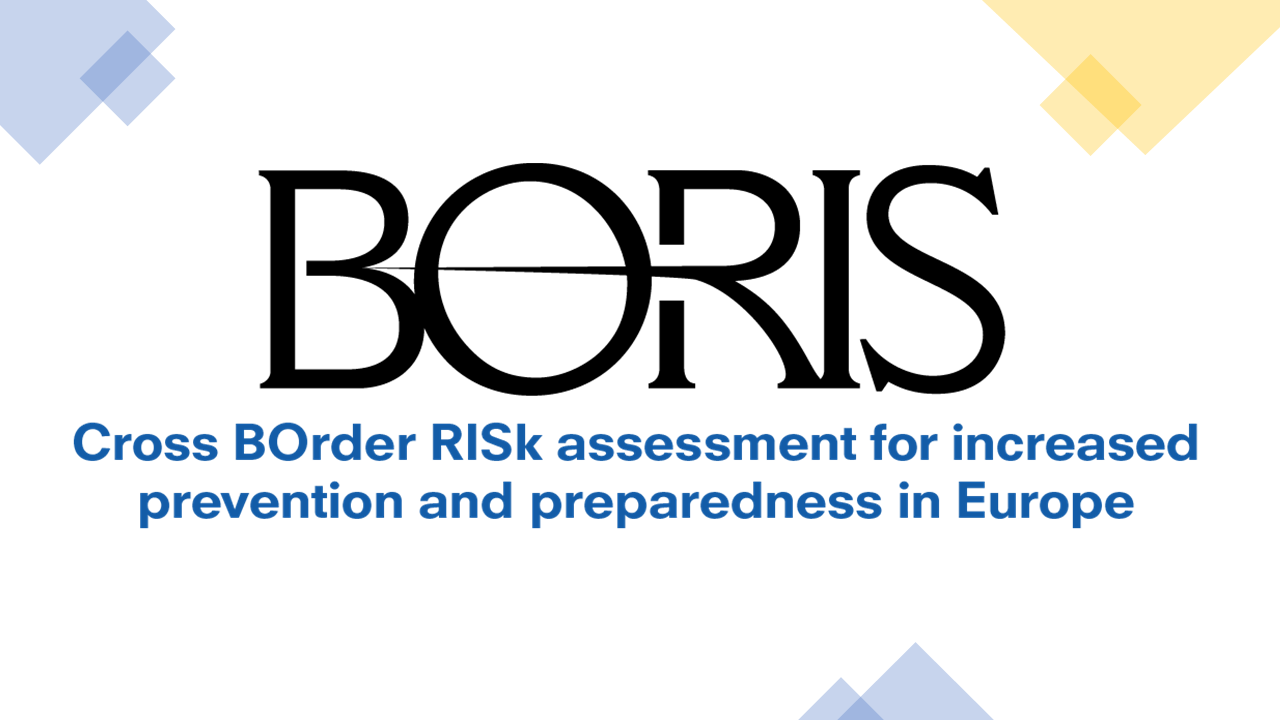
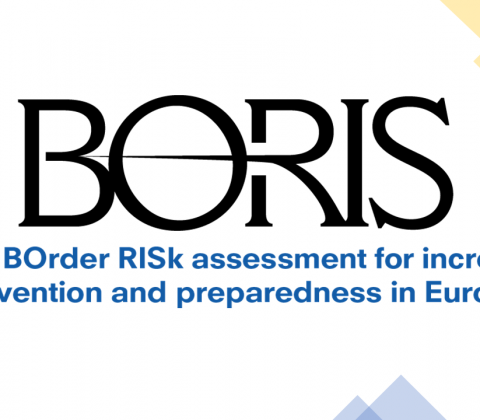
Deliverables 4.1 and 4.2 now available for download
We are happy to announce that the next BORIS project deliverables – of work package 4, Shared methodology for multi-risk assessment – are now available for download.
Deliverable 4.1 Guidelines for cross-border risk assessment: Shared framework for single and multi-risk assessment at cross-border sites
Deliverable 4.2 State of the art of tools for seismic risk, flood risk and multi-risk assessment
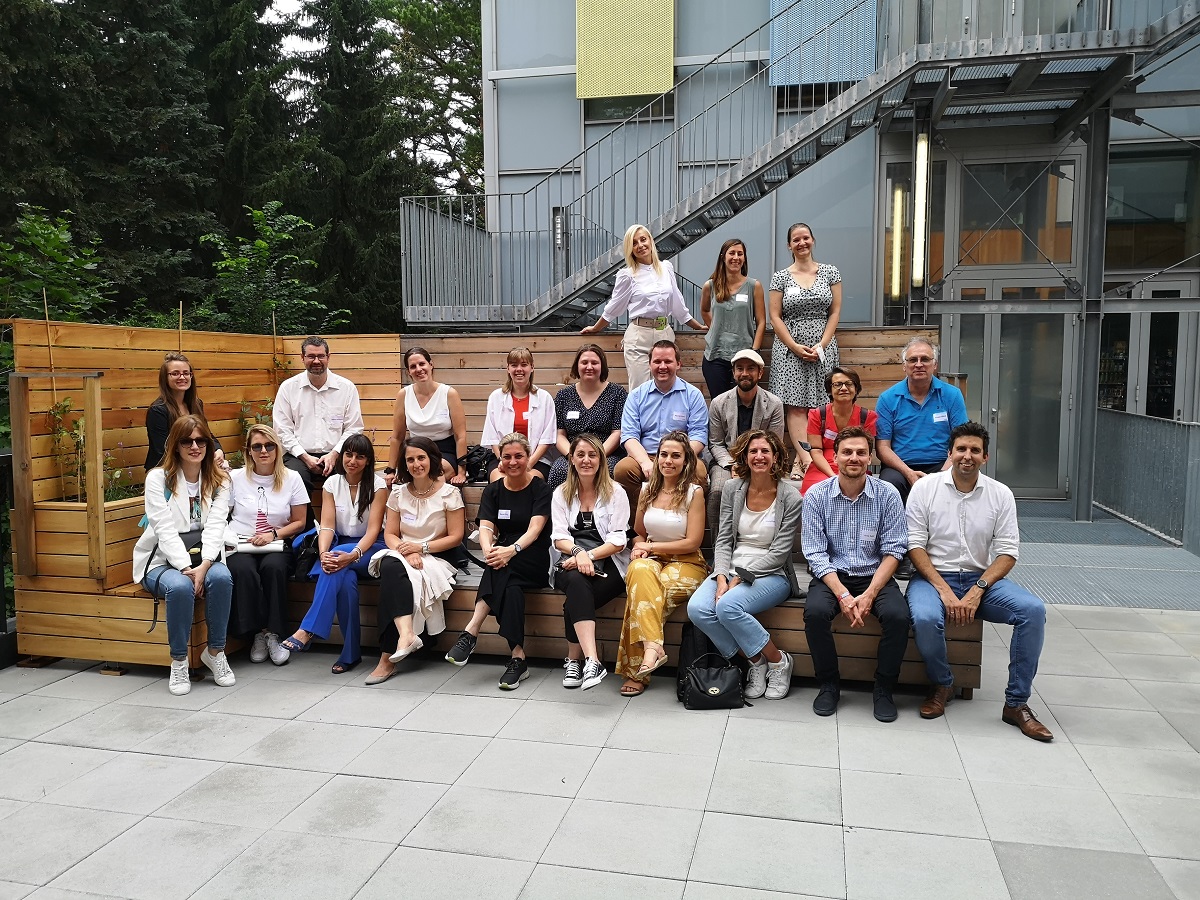
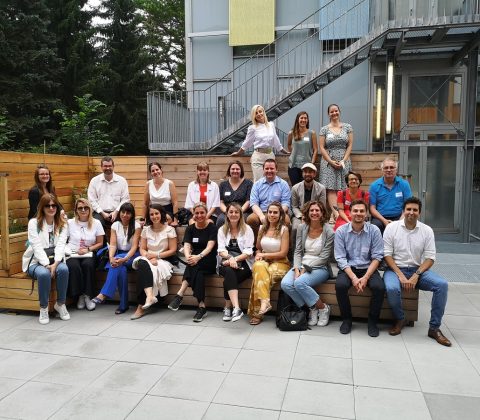
Recap: First BORIS workshop in presence
On June 22 and 23, the BORIS consortium met at Vienna for their first in-presence workshop since the start of the project. As the pandemic had made it impossible for the project partners to meet in person previously, it was a pleasure to finally meet everyone without the help of video conferencing.
The meeting took place at the University of Natural Resources and Life Sciences in Vienna, organized and hosted by the DCNA. The purpose of the workshop was not just to be an extended internal project meeting but also to have external stakeholders on board to communicate project progress too but also to receive feedback and inputs.
The workshop started with an exercise and overview of competencies and skills of internal and external participants, followed by a presentation of project progress, including the BORIS platform for cross-border risk assessment. Joining us from the European Commission was Tiberiu-Eugen Antofie (JRC Disaster Risk Management Unit) who also provided insights into the Risk Data Hub.
In the following interactive session, small groups discussed different aspects of the project, the platform, and future ideas for expanding the risk assessment methodologies and applications.
All presentations and documentation will be available on our website in the near future.
We are very grateful for all the valuable inputs and the great cooperation within the project consortium and look forward to the next workshop in September in Ljubljana.
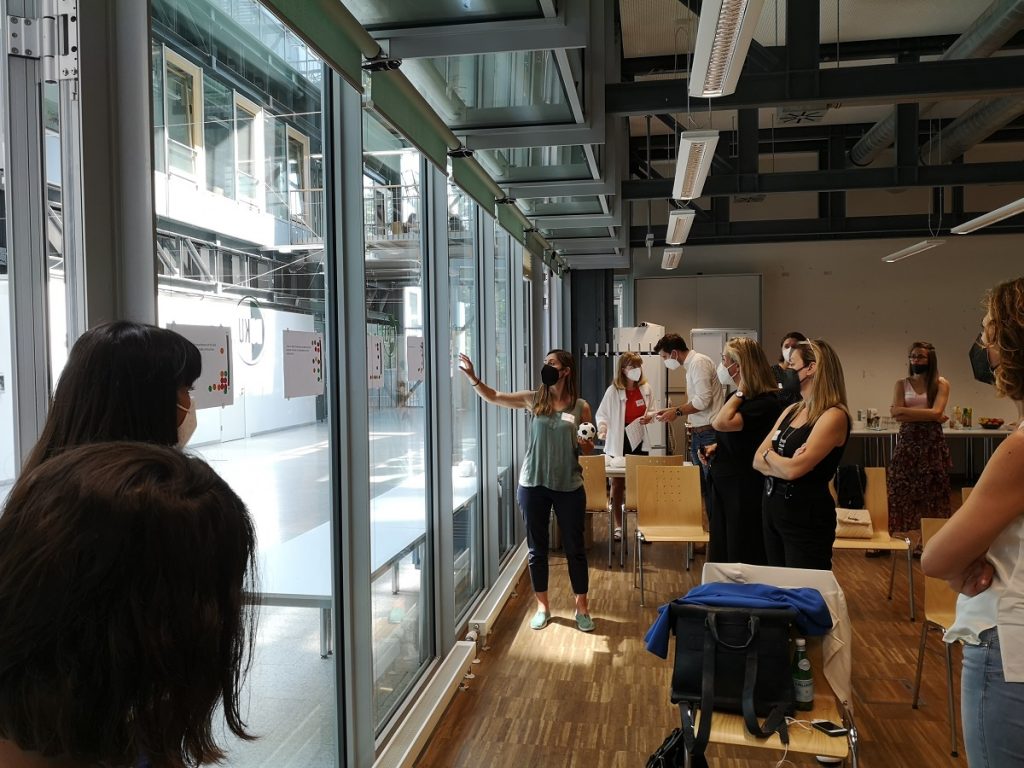
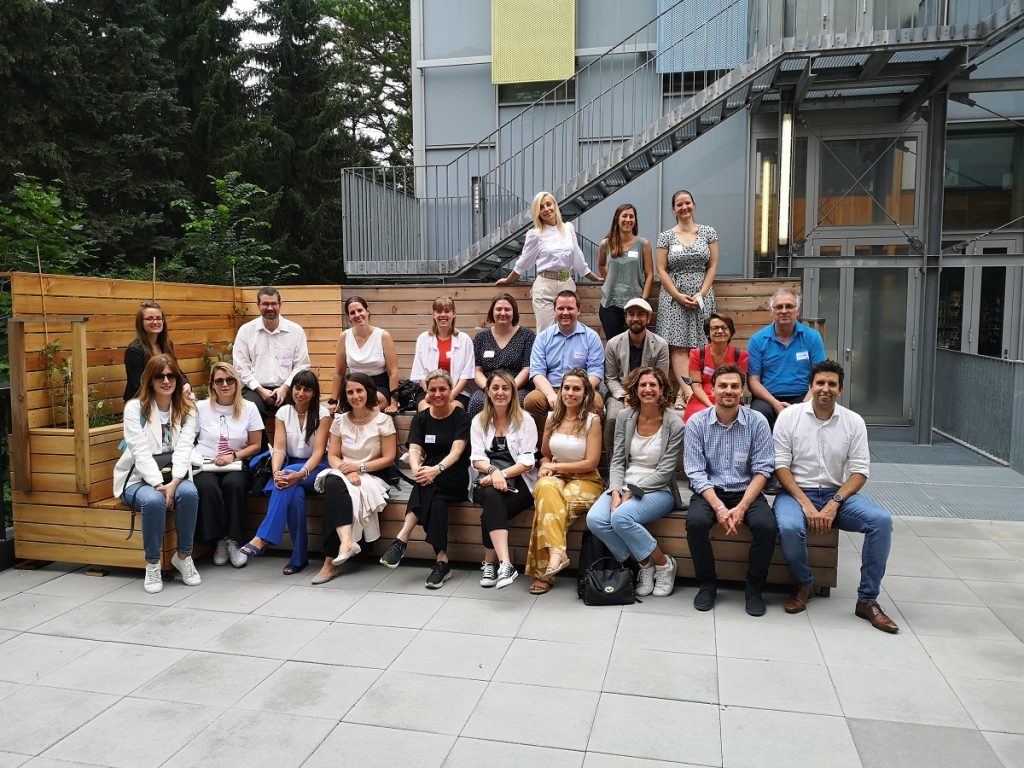
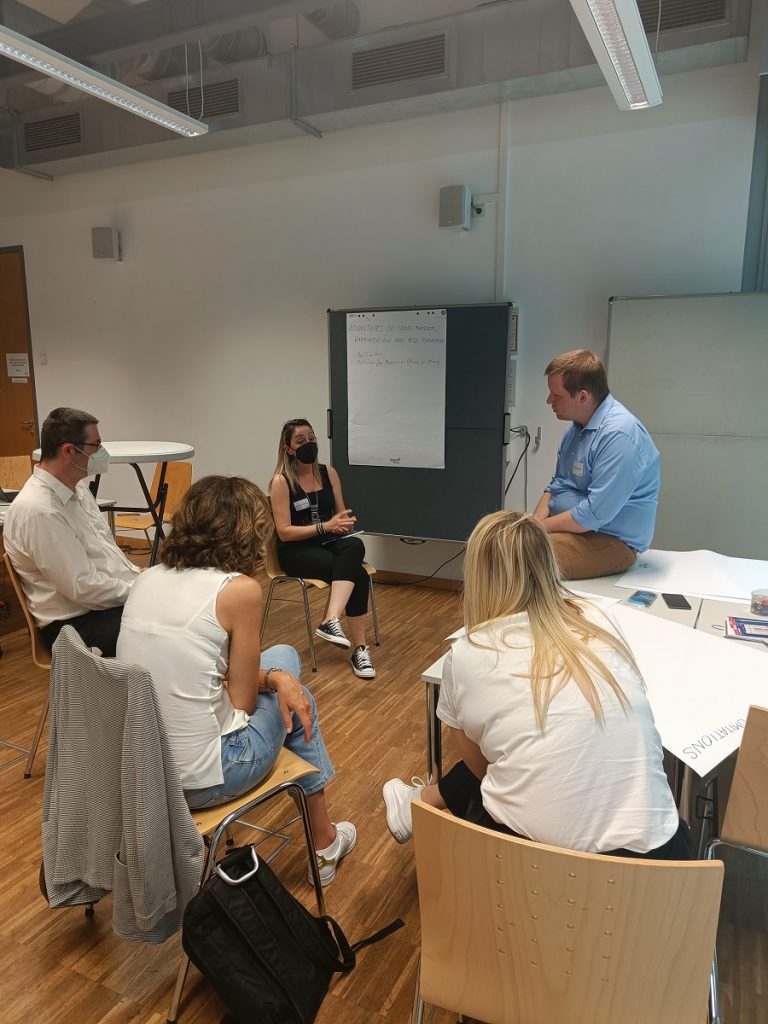
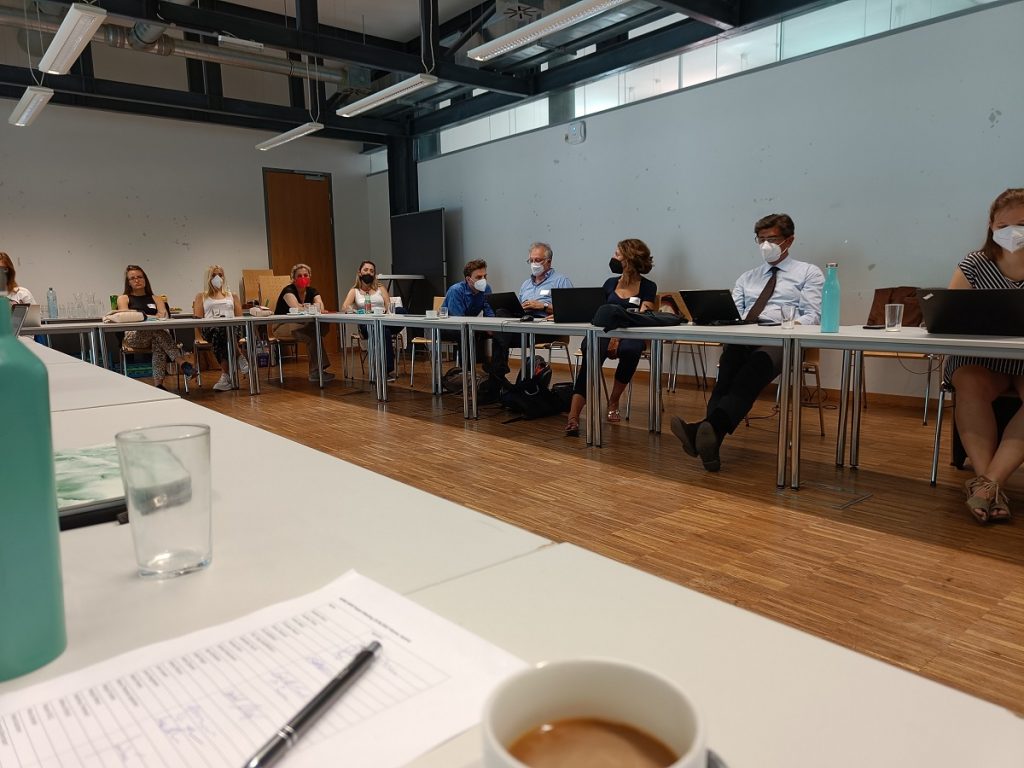
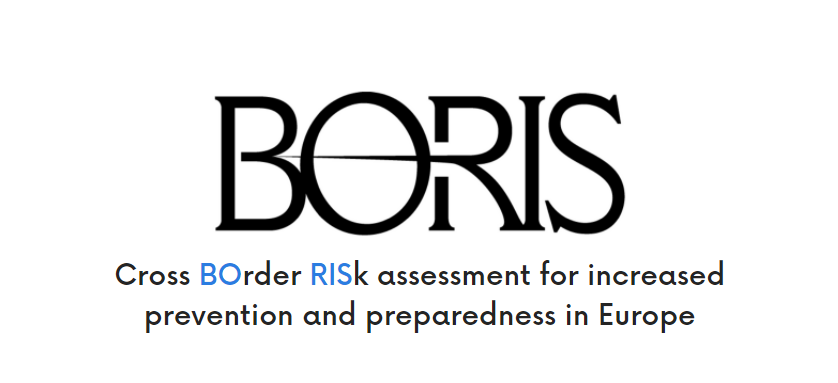
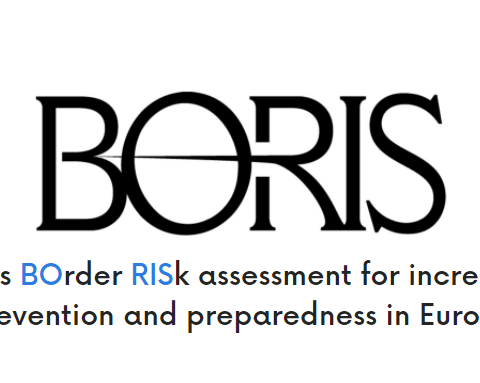
BORIS at IAHR2022
Our colleagues Klaudija Lebar and Simon Rusjan from the University of Ljubljana will be presenting at this year’s IAHR2022 in Granada, Spain. Their submission titled “Review of a national flood risk assessment as a basis for developing a methodology for selected cross-border areas – BORIS project” illustrates the results of the analysis and comparison of national flood risk assessment tools, vulnerability, exposure elements, and impact indicators in Italy, Slovenia, Austria, Montenegro, and Turkey.
The result: It was found that flood risk assessment methodologies vary from one country to another which will make the flood risk assessment in cross-border areas a demanding task.
Link to the conference: Welcome – 39th IAHR World Congress. Granada Spain 2022 (iahr2021.org)
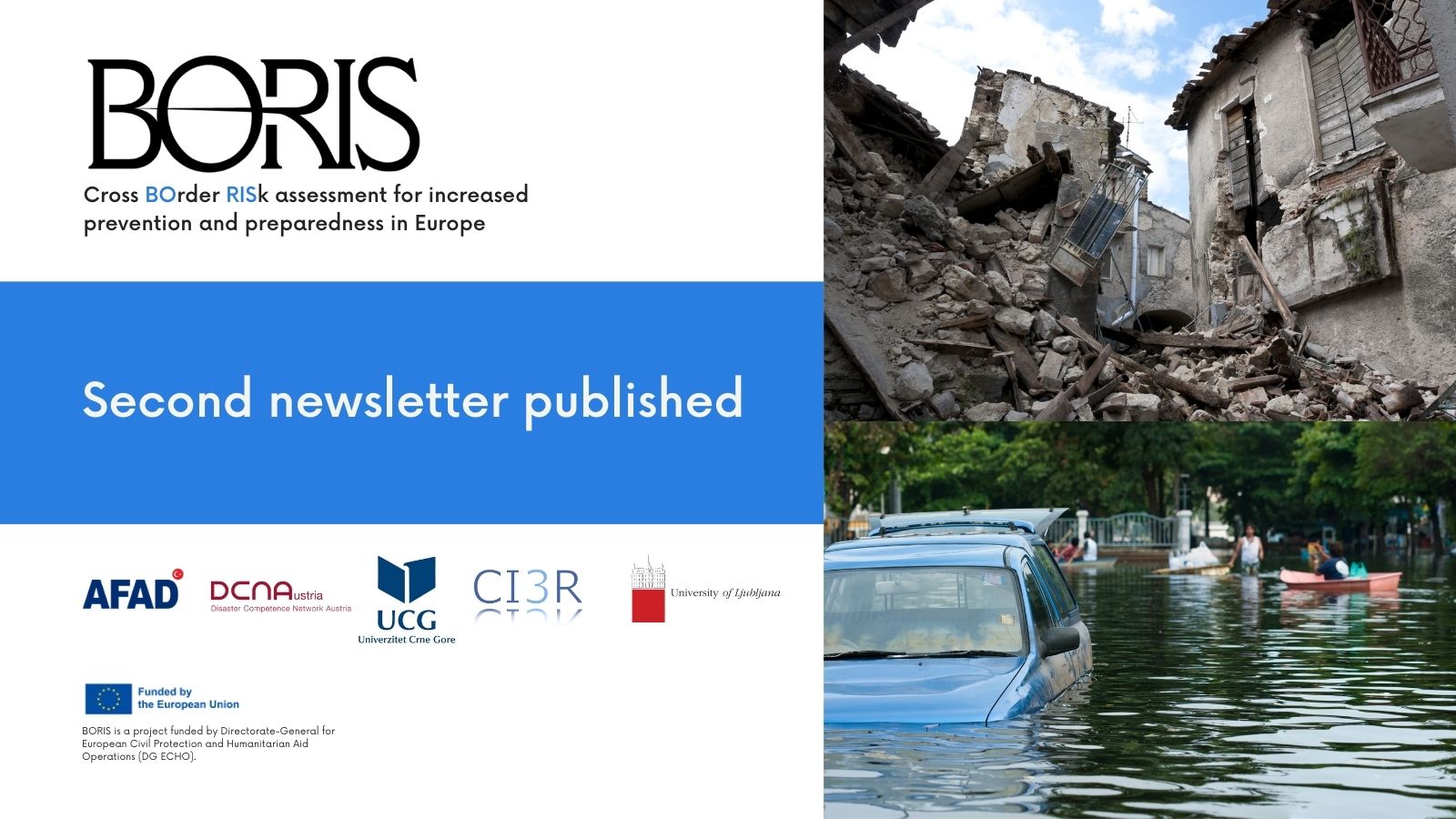
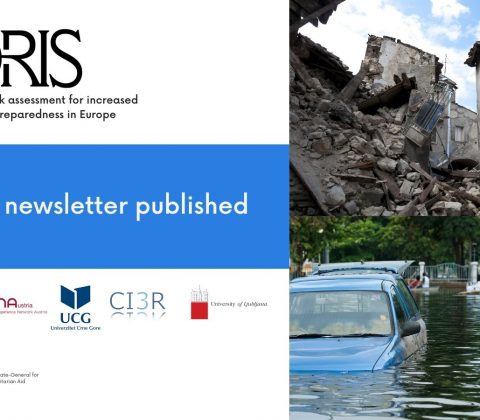
Second BORIS newsletter published
We’re happy to announce that our second BORIS newsletter is now available for download. After 16 months of working on the BORIS project, there is quite a lot to report – from finalized deliverables to information about upcoming activities, for example, the planned workshops and trainings for end users.
Feel free to download and share the newsletter with your peers and reach out to us if you have any questions.
Want to get an overview of the first 12 months of BORIS? Read our first newsletter here >
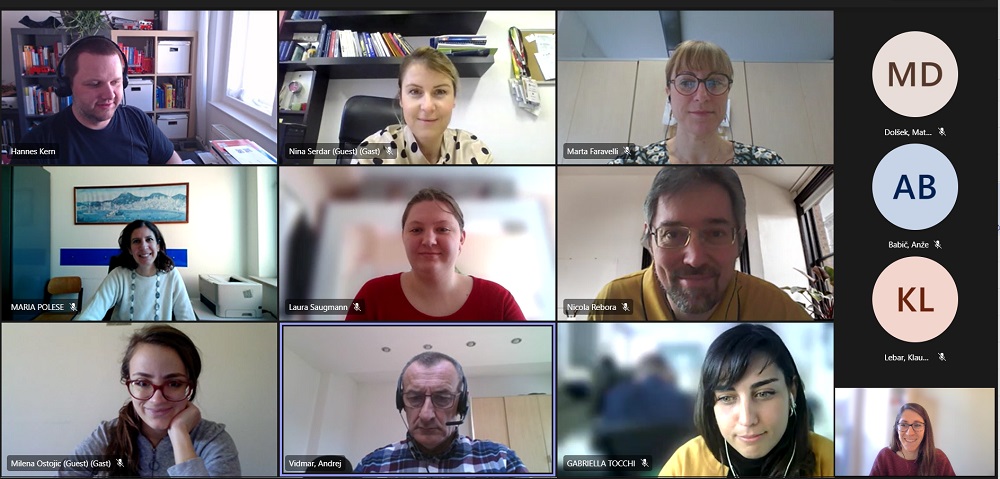
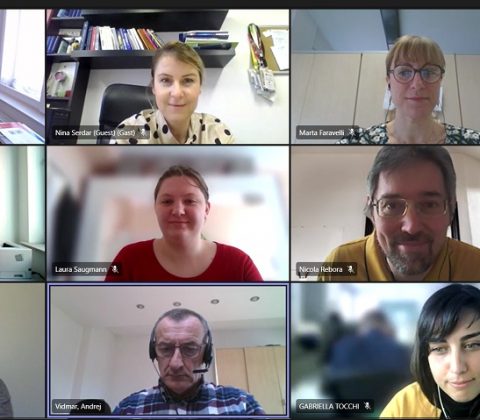
WP5 launched with kick-off on February 24th
Work package 5 of the BORIS project deals with testing and applying the shared methodology to assess seismic and flood risk in transboundary regions and the multi-risk framework developed in WP4, as well as to test and populate the platform developed in WP3. More details about WP5 can be found here.
On February 24th, WP5 was kicked off in a meeting with the work package team. The meeting’s agenda was as follows:
- Overview tasks and deliverables in WP 5
- First insights into the pilot site AUT/SLO (DCNA)
- First insights into the pilot site SLO/IT and D5.2 (UL)
- Open questions and next steps
Looking forward to seeing first results!
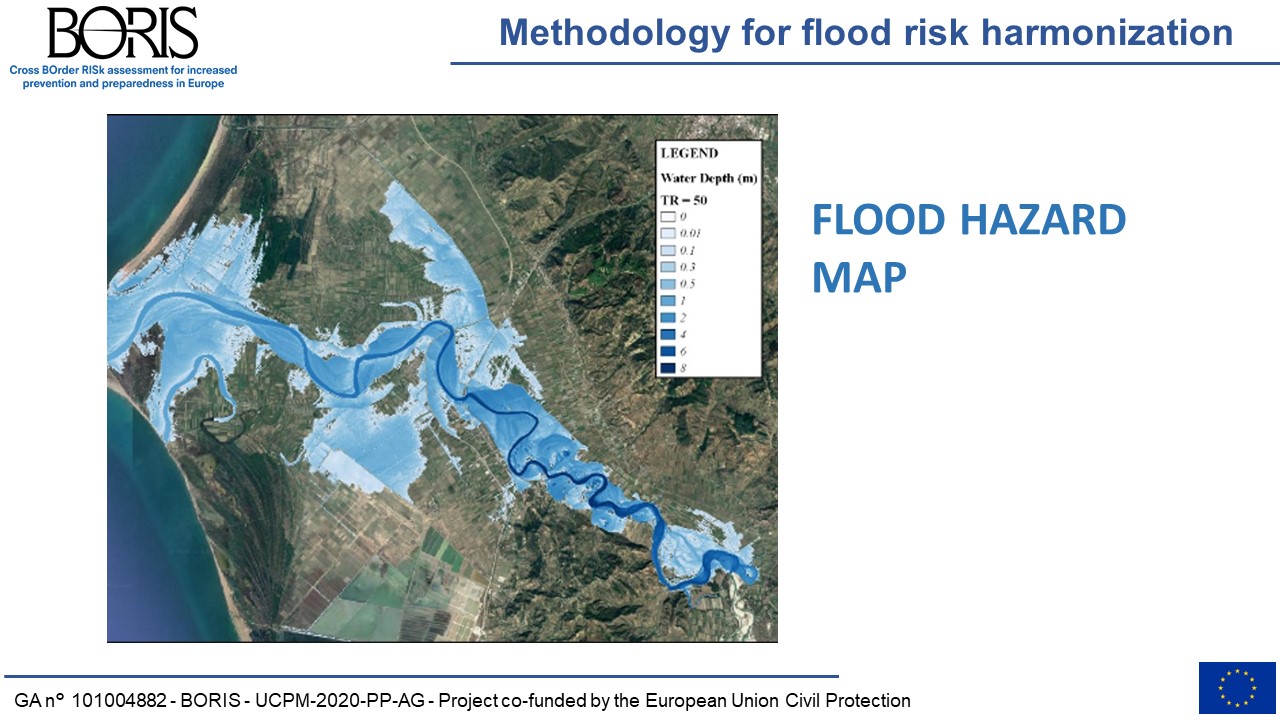
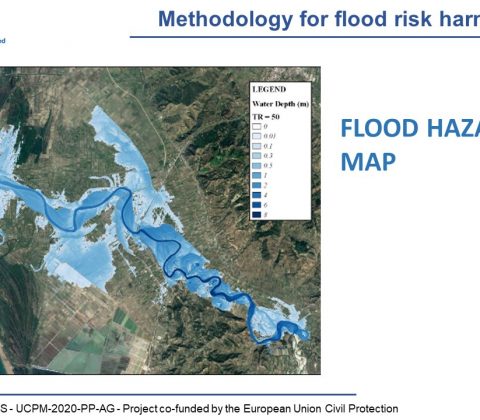
Discussion of WP4 results
Last week, the BORIS project team met to brief all partners on the results of the following WP4 tasks:
4.1 Shared methodology for seismic risk assessment
In brief, the 2020 European Seismic Hazard Model (ESHM20) was selected for all countries and the Heuristic approach proposed to evaluate vulnerability for cross-border application. The municipality scale was selected as scale of analysis and common typological classes were defined; and finally, a uniform approach for impact assessment was defined.
4.2 Shared methodology for flood risk assessment
The proposed algorithm to interpolate flood hazard maps between two different return periods was presented, and the exposure, vulnerability data, and the human and economic impacts used to evaluate flood risk were shown.
The team also presented the proposal for task 4.3 Shared framework for Multi-risk comparison and ranking, showing issues and highlighting tools.
After an in-depth and fruitful discussion on multi-risk comparison, the next steps were agreed upon and the dates for publishing deliverables D4.1. and D4.2 (corresponding to the above-mentioned tasks) set.
We’re looking forward to sharing these deliverables with you in March!
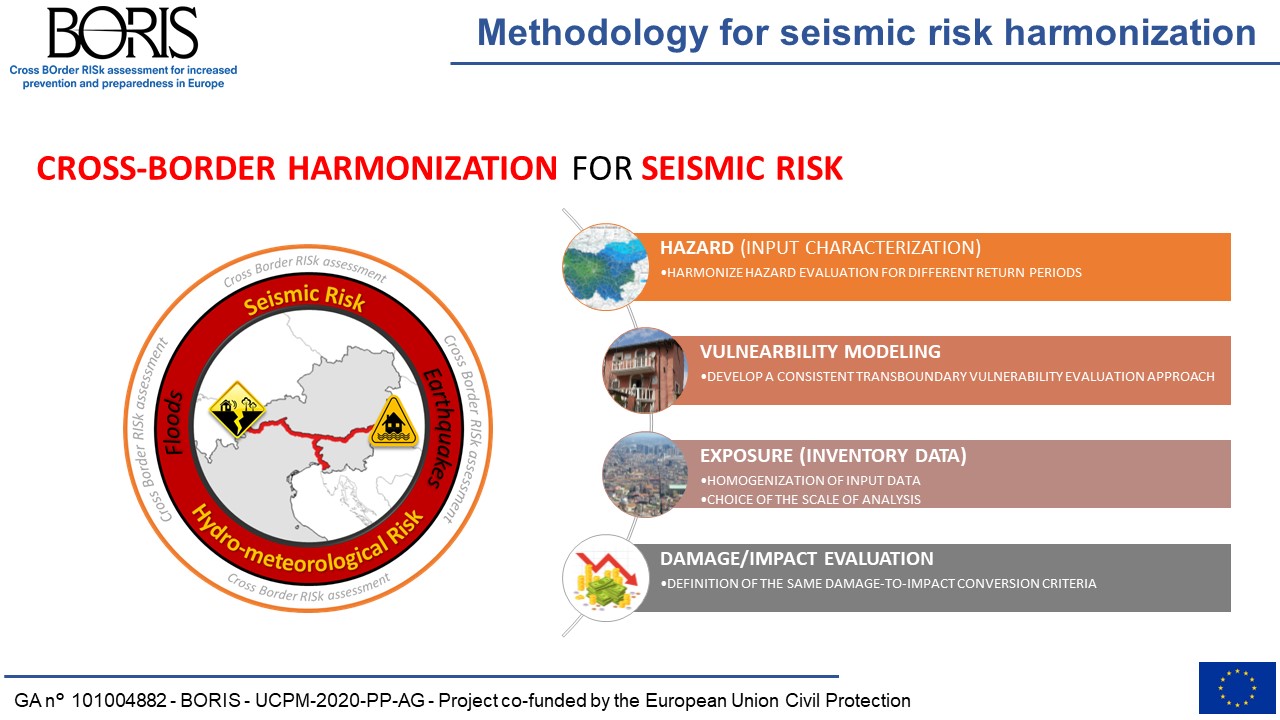

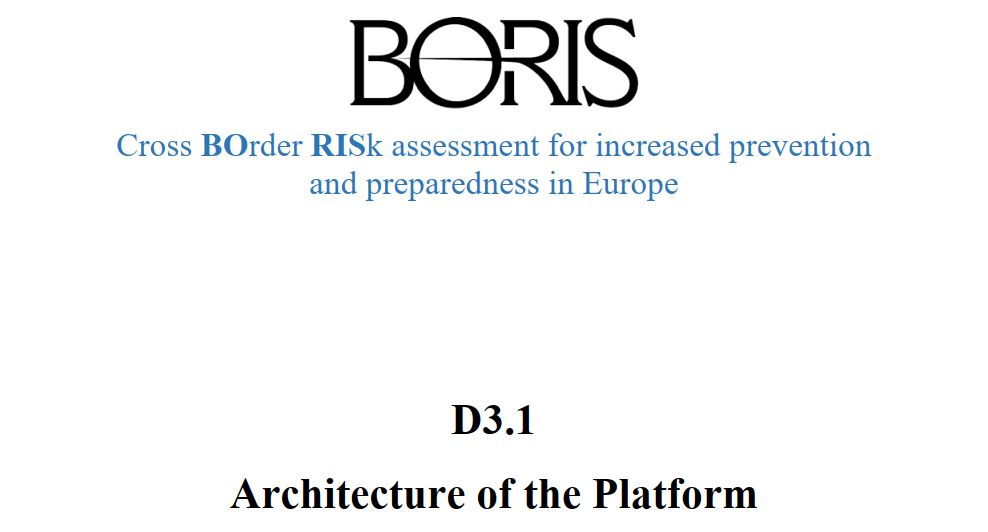
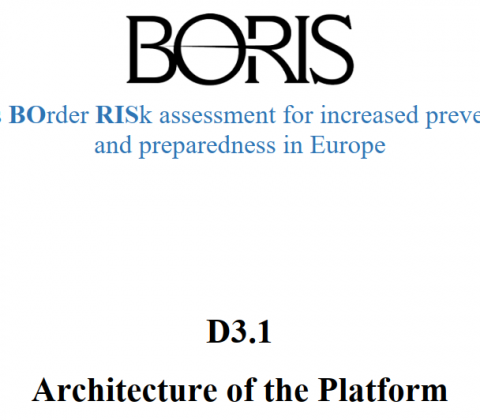
Deliverable 3.1 Architecture of the Platform
We’re excited to publish the next deliverable of the BORIS project:
Deliverable 3.1: Architecture of the platform
This deliverable deals with the specifications related to the website and the WebGIS platform to be developed in the BORIS project considering updated data from previous work packages.
The web-based approach was chosen to integrate the ease of use and accessibility of a web browser and the capabilities of geographic databases.
Section 5 is dedicated to the results of the survey on end-user requirements, that asked about individuals’ experiences with cross-border flood and earthquake events and about their requirements towards a cross-border and multi-risk web platform.
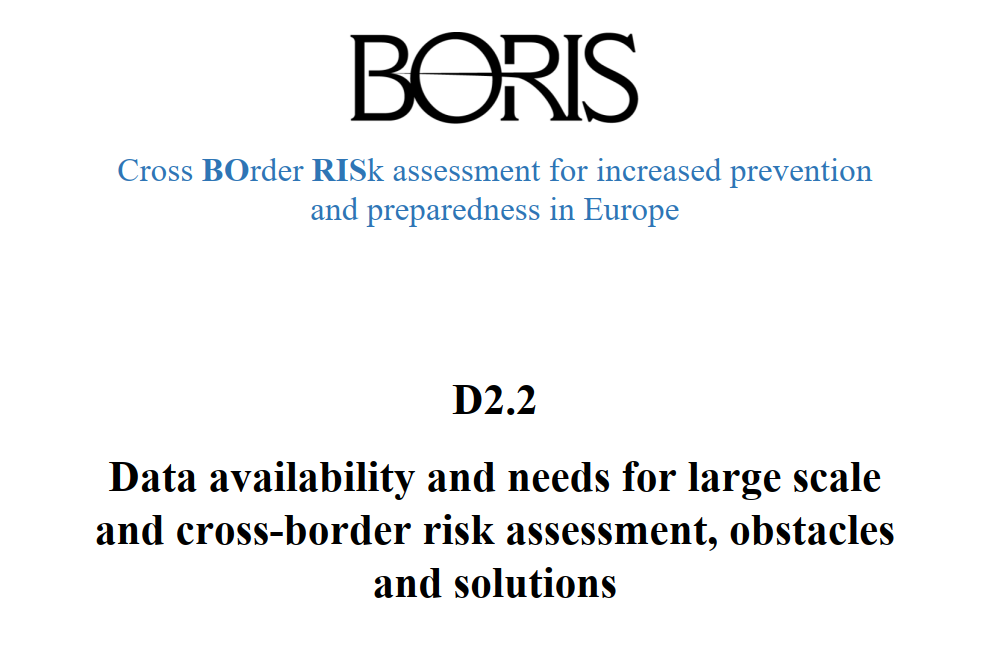
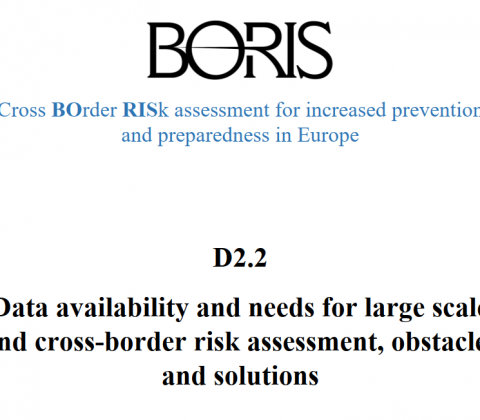
Deliverable 2.2 Data Availability and Needs
We’re excited to provide Deliverable 2.2 – the report on data availability and needs for large scale and cross-border risk assessment, obstacles and solutions – for download.
Deliverable 2.2 provides detailed information on data availability and needs for large scale and cross-border risk assessment, together with specific obstacles and possible solutions. Each project beneficiary provided information on the use and availability of various data used for the seismic and flood risk assessment in partner countries: Slovenia, Italy, Austria, Turkey, and Montenegro. Further, a detailed description of the specific national seismic and flood risk assessment methodologies, including the presentation of the methodological approaches for defining the seismic/flood hazard and vulnerability/exposure elements, is provided.
Get the report for free as a download:

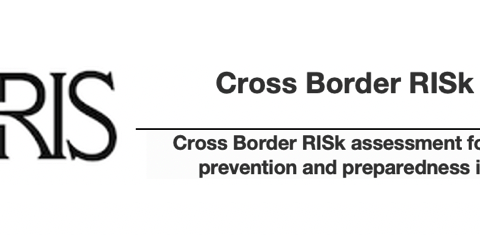
Out now! The first BORIS newsletter
We’re happy to announce that we’ve just finalized our first BORIS newsletter which includes all project updates in a compact form.
Feel free to share the newsletter with your network and reach out if you have any questions.
We’d like to wish you a very happy holiday season and a good start to 2022!
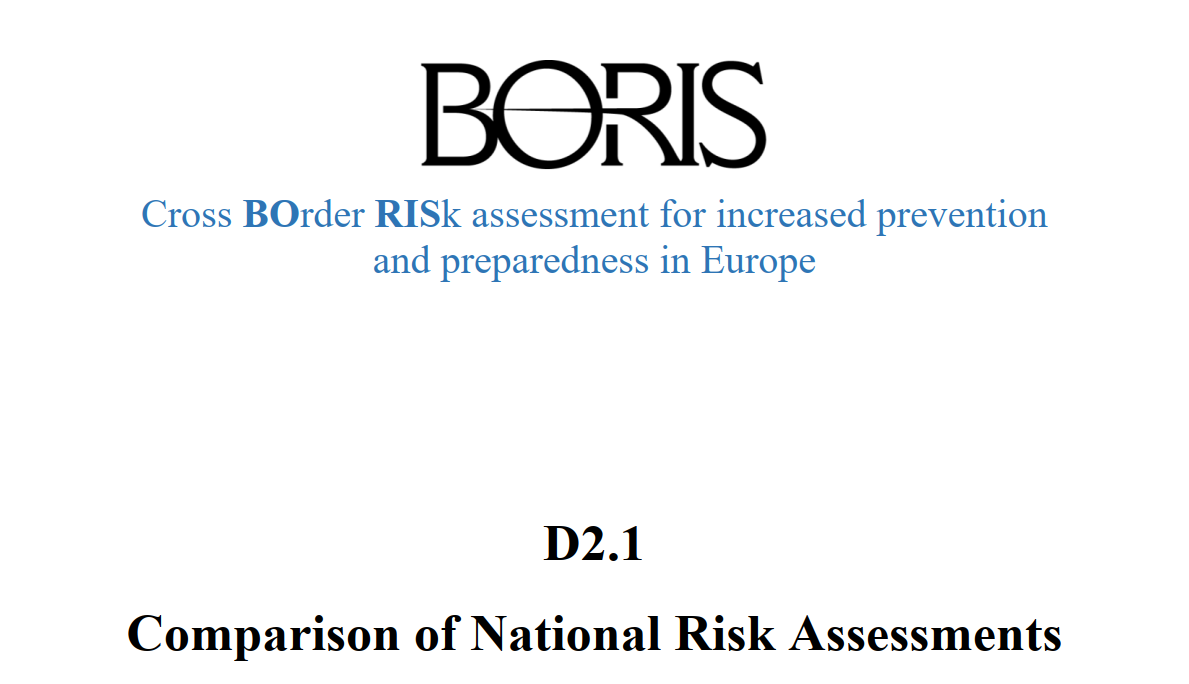
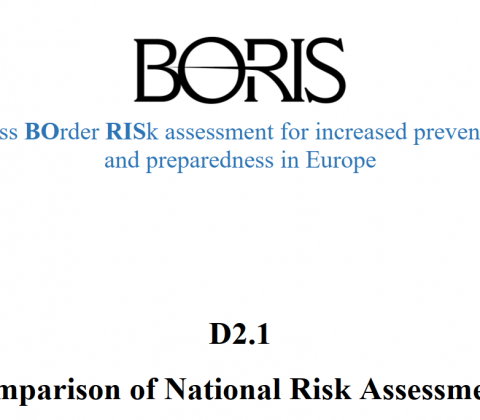
Deliverable D2.1 Comparison of National Risk Assessment
Comparison of national risk assessment (D2.1) is the first of the three deliverables of the BORIS WP2 “Analysis of the context and need assessment”. Each project beneficiary presented the national seismic and flood risk assessment that was discussed in several meetings. As a consequence of project activities, the national risk assessment (NRA) from Slovenia, Italy, Austria, Turkey, and Montenegro is summarised in this report. Each section addressing the NRA comprises four subsections describing the analysed risks, seismic risk assessment, flood risk assessment, and multi-risk assessment.
A brief overview of the NRA analysed in this report:
- The last version of NRA of Slovenia was issued in 2020. The NRA addressed 15 risk types, which were mainly assessed by deterministic risk assessment methods.
- The Italian NRA was developed at the end of 2018 by the Department of Civil Protection (DPC) in agreement with EU decision 1313/2013 and the Sendai Framework for Disaster Risk Reduction. The NRA addresses ten types of risk.
- In Austria, disaster risk assessment and management are the responsibility of each federal state. However, the Federal Ministry of Agriculture, Regions, and Tourism of the Republic of Austria takes care of performing detailed (natural) hazard analyses for many years.
- Turkey’s first National Disaster Risk Assessment (NDRA) report was prepared in 2019 for natural disasters such as earthquakes, floods, forest fires, landslides, rockfalls, and avalanches. The risk is communicated with the risk matrix, which comprises four risk classes depending on the likelihood of the adverse scenario and the consequence class.
- Montenegro’s NRA is currently under development within the framework of Development of National Risk Assessment for all types of hazards affecting Montenegro (ECHO/SUB/2020/TRACK1/831677) that is sponsored by the European Commission, Directorate-General for European Civil Protection and Humanitarian Aid Operations (DG ECHO).
Read the findings in detail in the report.
